
In recent years, FDA has made positive moves to foster innovation by streamling regulation. But the agency's recent proposal to exempt manufacturing for phase 1 clinical trials from GMP requirements seems ill advised.

In recent years, FDA has made positive moves to foster innovation by streamling regulation. But the agency's recent proposal to exempt manufacturing for phase 1 clinical trials from GMP requirements seems ill advised.

Of all the protein products on the US market, at most 75 are likely to become genericized.
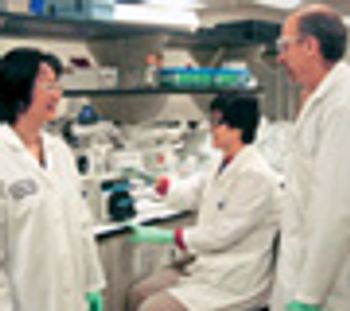
In the pharmaceutical industry, ultrafiltration (UF) membranes are used extensively in the downstream purification of recombinant proteins or monoclonal antibodies. However, the fouling of membranes after a unit operation?especially when recombinant proteins or monoclonal antibodies are highly concentrated?is a common problem. Typically, normalized water permeability (NWP) of a membrane can be reduced to about 20 percent of its original permeability at the end of an ultrafiltration-diafiltration (UF-DF) operation.

On January 17, 2006, the FDA released new regulations, effective June 1, 2006, which affect the production of most investigational drug and biologic products intended for phase 1 clinical trials. These regulations are much broader in scope than the Exploratory IND guidance released on the same day, and which apply only to low-risk, CDER-regulated clinical studies.
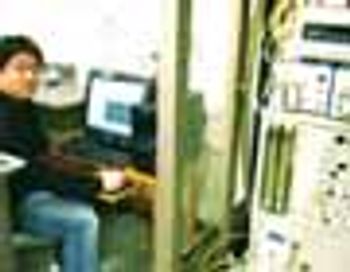
Minimum disruption and maximum gain result when adopting a distributed process control and data management system for a cell culture and fermentation lab.

As part of its campaign to facilitate research on drugs and medical products, the Food and Drug Administration (FDA) recently issued new policies to encourage sponsors to conduct more informative and less costly early clinical trials. A new guidance on exploratory investigational drug applications (INDs) explains how scientists in industry and academia may test very small doses of a candidate compound to detect any pharmacologic effect before investing in more extensive in vitro and animal studies required for conventional phase 1 trials. The goal is to quickly identify products that show some promise of efficacy, and to halt research on those that fail to hit preliminary targets.
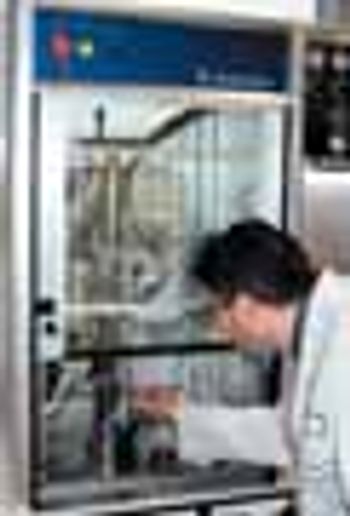
Signal-to-noise ratios are useful in robust engineering to design products and processes that consistently deliver on target.

. . . Popular consortium meetings have focused on successful use of tools to drive improvement in cycle time reduction, deviation reduction, and improved production efficiency.

Statisticians partner with technical experts to design statistically valid studies to construct the appropriate analysis.

Lyophilized, or freeze-dried, materials are challenging samples for quality assurance and quality control (QA/QC) measurement because of the inability to open the container without corrupting the product. Near-infrared analysis presents itself as the QC method of choice for lyophilized materials due to its ability to penetrate glass or plastic containers to analyze the sample in a non-destructive manner. This study demonstrates the performance of a Fourier transform near-infrared (FT-NIR) spectrometer used in analyzing lyophilized samples of thrombin, a topical coagulant commonly used in the medical and dental fields. Key stability parameters for lyophilized thrombin include moisture and potency, which can be predicted simultaneously from a single spectrum using multivariate analysis.

Development guidelines for MAbs serve as a blueprint for their manufacture, safety, and efficacy testing.

The Food and Drug Administration's Prescription Drug User Fee program (PDUFA) has to be reauthorized by Oct. 1, 2007, and all the interested parties are fine-tuning their wish lists for "improvements." Although some consumer advocates and their Congres-sional allies blast user fees for extending industry control over the drug approval process, FDA officials, pharma companies, and patient disease groups applaud the program's success in ending "drug lag" and speeding new drugs and biotech therapies to market.

Before designing cleaning procedures, it's vital to know all physical and chemical characteristics of the product ingredients.

Human infections with avian flu strain H5N1 are occurring in a number of southeast Asian countries that have experienced large outbreaks of avian influenza. How great a risk to the human population is posed by this virus, and what steps can be taken to minimize its impact? Preventive vaccines have great potential to avert the spread of avian flu and other infectious diseases. What are the factors affecting the creation of new vaccines, and how can they be optimized to promote public health?
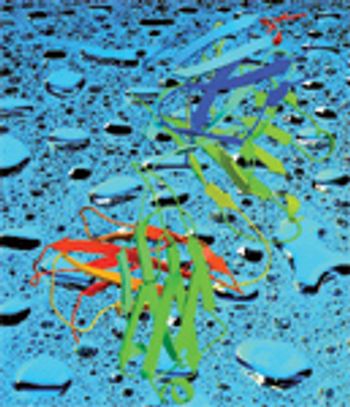
Ultra performance liquid chromatography (UPLC) is a new category of liquid chromatography that researchers are using to increase resolution, speed, and sensitivity in a variety of applications. These benefits result from packing columns with 1.7 ?m particles and using instruments that are optimized for such columns.
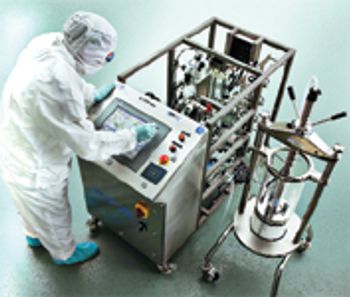
Cleaning validation is a critical consideration in the pharmaceutical industry. Inadequate cleaning can result in contamination of drug products with bacteria, endotoxins, active pharmaceuticals from previous batch runs, and cleaning solution residues. Such contaminants must be reduced to safe levels, both for regulatory approval and to ensure patient safety.

How much of an impact does patent reform, real or imagined, have on biopharmaceutical stocks?

Andrew von Eschenbach, acting commissioner of the Food and Drug Administration (FDA), says that implementing the Critical Path Initiative is "one of my highest priorities," and is encouraging more FDA collaboration with other government agencies, academia, and industrial partners to find better ways to encourage innovation. As head of the National Cancer Institute (NCI), Von Eschenbach has supported joint projects with FDA to spur development of new cancer drugs, including efforts to qualify biomarkers for cancer detection in specific patient populations and to examine how imaging technologies can monitor the impact of therapies on cancer tumors.
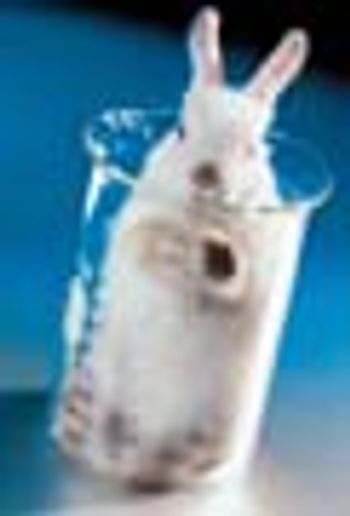
PAT can be defined as a collection of real-time data in-line to make decisions about product quality early in the production process.
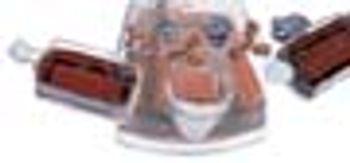
The cell density achieved in a CELLine bioreactor is typically 1 to 2 orders of magnitude higher than in a conventional culture vessel

A 2000 cyber crime study revealed that 71 percent of security breaches were caused by people who worked within the company.

All potential uses and supporting endeavors of the data must be examined and then defined as a virtual process stream.

Doctors can charge up to $500 per hour to discuss the pros and cons of clinical drug trials.

This quality approach to biotech manufacturing may also establish a pathway for approving generic versions of biotech therapies.

You tell me whar a man gits his corn pone, en I'll tell you what his 'pinions is."